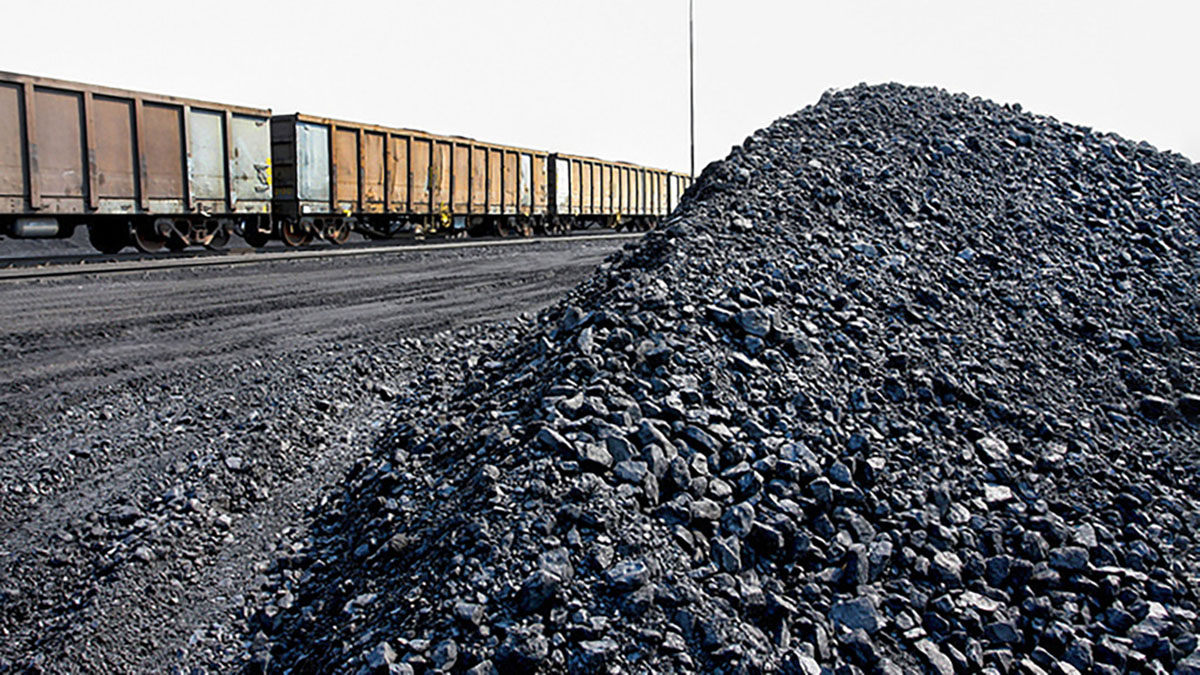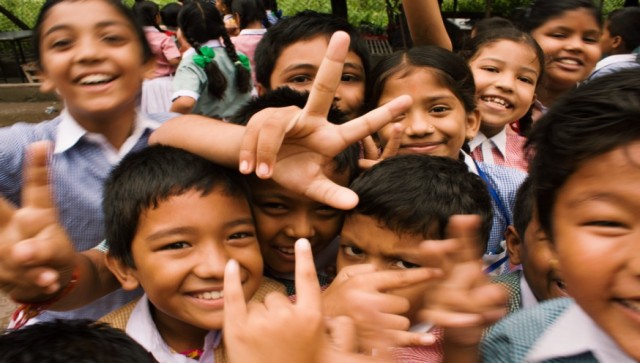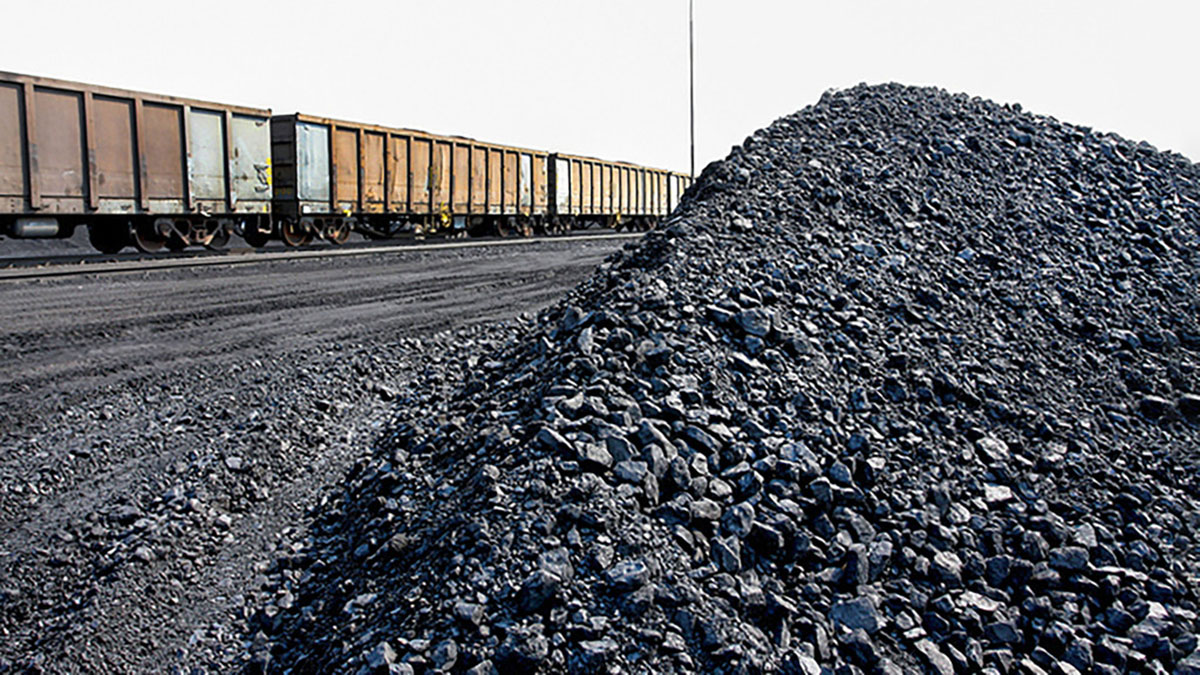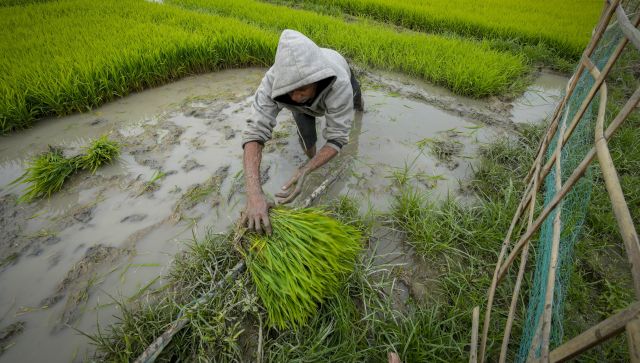India walked into 2018 fighting an environmental disaster. Cyclone Ockhi had hit India hard, and peeling beyond the numbers for Ockhi were human stories – especially on social media – of people stuck on their roofs and not being able to escape.
Cyclone #Ockhi: 400-1100 Fishermen still missing along Kerala-TN Coastline as per official / unofficial reports.
— Shahid Choudhary (@listenshahid) December 15, 2017
Headlines will move on but required effort can't and won't cease. INS Shardul seen providing 70000 litres of freshwater to Kavaratti island. Over 4 lakh square miles have been searched in the aftermath of #OCKHI and more will be done 'to the satisfaction of the fishermen'. pic.twitter.com/cw8wYZ5UEr
— Jugal / जुगल 🎤 (@jugalrp) December 10, 2017
J. Robinson spent days and nights in the middle of the sea, waiting for rescue that never came. A first person account of being stuck in the sea during the cyclone. #Ockhi https://t.co/hbYKtMSrW1
— The Hindu (@the_hindu) December 24, 2017
The size of tropical cyclone #Ockhi approaching #India as witnessed from space yesterday. More satellite imagery: https://t.co/eRJpPpx698 pic.twitter.com/4PdkI7Q0Bj
— NOAA Satellites (@NOAASatellites) December 4, 2017
Hey Mumbai, get ready for this. #CycloneOckhi #Ockhi #MumbaiRains pic.twitter.com/QYXg3SyNpC
— Godman Chikna (@Madan_Chikna) December 4, 2017
Just like that, social media brought a certain horror to the whole event that no amount of 24x7 TV news could have.
As the rescue operations were successful, people moved on, and dust settled on the actual cause of increased extreme events. But 2018 was not going to let the world be.
The number of disasters this year led Japan to declare 2018 as “the year of disaster” and even included a new character for the word disaster.
Kanji of the year 災, meaning ‘disaster,’ symbolizes 2018 amid natural and human calamities https://t.co/NsilZeq4ST #今年の漢字 pic.twitter.com/9BjlSQ4NeX
— The Japan Times (@japantimes) December 12, 2018
Of the past 19 years, 18 have been hottest on record – something that is causing an increased risk of events like wildfires, cyclones, increased water shortages etc. The California fires were another reminder of not only how deadly but also how difficult it can be to prevent them.
Special Report by the IPCC
The biggest story on climate change in 2018, was, of course, the special report by IPCC .
In 2015, after the Paris Agreement , the world turned to scientists to ask if the 1.5-degree target is really achievable. Is there still a window of opportunity left? Climate scientists and social scientists delivered a report this year answering just this question, plus a whole lot more.
The first message the report delivered was a relatively optimistic one: yes, it is still possible to keep the target. But the window of opportunity to act was closing, and fast.
The report made it clear in case there were still any doubts, that the world has already achieved a 1-degree rise in temperature this century and that there was only a 12-year window left to limit this rise to 1.5-degrees . While this is a sign of hope, many observers to the climate negotiations and commitment were worried.
It took the world seven years to negotiate the Paris Agreement and three years to actually develop rules on how to turn it to action. In fact, the UN climate summit 2018 finished the so-called “ Paris rulebook ” just recently. Welcome as this was, the pace of the process till it saw the light of day was much too slow to truly benefit the world.
The report also rules out “overshooting” – simply put, there is a certain carbon budget that the world needs to maintain to limit global warming. However, there were talks about going above the limit before coming back within it by sucking out carbon from the atmosphere. The report rules this out simply because of the lack of technology for such a feat.
It is incredible to me that some many people have been talking about technologies for the removal of carbon without any actual technological solution to back this claim. Thankfully, this option can now rest in peace.
This means that we have to reduce emissions rapidly and can’t wait for miracle technologies that will take care of these emissions. There is less clarity on how this can be done. The distribution of emission reductions, is, unfortunately, not something scientists answer. This is a political, social and economic issue that politicians have to deal with. The Paris Agreement was built up as a system that would dynamically increase ambition every five years or so. However, three years on, there has not been a lot of action achieved to sustain this.
This IPCC report and its immense coverage ignited and reignited many citizen campaigns to save the planet – the extinction rebellion wants the government to pledge to net zero emissions by 2025. In another protest, teenagers across Australia boycotted school to protest against climate change. Youth has taken this effort seriously.
Greta Thunberg, a 15-year-old Swedish activist, was invited by the COP to speak at the convention and reprimand the leaders of how little they think about her generations.
“We have not come to beg world leaders to care, you have ignored us in the past, you will ignore us in the future. You have run out of excuses and we have run out of time. We have come to tell you that change is coming whether you like it or not,” Thunberg said.
A rather ominous, if not telling declaration of how youth have become disenchanted with the lack of political solutions.
We will always have Paris, courtesy Poland
The climate meeting at Poland saw three main sticking points – concerns over lack of ambition, concern over rules of carbon markets and concern over how to take stock of the global emissions. The concern over lack of ambition came from a push from the various citizen actions that wish to declare a climate emergency and treat the problem like a crisis. This has moved many countries at the negotiations to accelerate the dialogue for ambition, which were not in agenda this year.
This year also saw an unlikely group emerging at the meeting US, Saudi, Russia and Kuwait. These countries declared that they don’t “welcome” the IPCC report and attacked it at different levels of aggression. Of course, as members of the UN’s scientific panel, they were part of the report and the report cannot be published without consensus.
The implication would be that the Paris rulebook text may not have mention of the report that was requested at the Paris Agreement meeting. This step backwards was very unfortunate, in my opinion.
The rules on reporting around climate were also debated hotly. One measure of “differentiated responsibility” or equity can be that developing countries are given slightly slackers rules on timelines so that they have more time to strengthen climate action.
However, China, a traditional supporter of this position, gave in to pressures from the developed countries to move towards common rules for reporting. China’s changed stance reflects China’s new space in the world economy and projection of a “responsible nation”, a position normally occupied by “the West”.
With this consensus, as the gavel went down in the late hours of the final day, there was an agreement . Paris was saved.
Implications for India: Increased pressure in a lonely battle
Where do these developments leave India?
India had declared a very ambitious climate pledge in 2015. At that time, China’s pledge was also seen as very ambitious, US and EU were still pushing the climate agenda and there were declarations that there would be the apt amount of finance available for developing countries to accelerate their efforts.
However, since the EU is stuck with its own political problems, US may pull out of the Paris Agreement, China’s pledge has not seen any implementation has been widely reclassified as inadequate. This leaves India as the lone warrior in this battle to wage against Earth’s undoing.
There would be further pressure on all countries to increase ambition, as India is still trying to put together resources for the previous pledge. With limited climate finance available and rulebook as strict for developed and developing countries, India may struggle to put together a more ambitious plan.
At the same time, India is at risk towards extreme events like Ockhi and the Kerala floods .
In an environment like this, our country will also have to make decisions between investing in long-term climate ambition or simply adapting to the new reality. If only the reality were simple enough to make the choice anything less than a monumentally difficult one to make.
The author is a doctoral researcher at The University of East Anglia studying climate change and energy-economy modelling.
Here’s a list of our other year-ender stories:
Year in review: India’s biggest achievements in the fields of science and medicine 2018 in Wildlife: Gir lions, ‘man-eater’ Avni, dead elephants echo drumbeats of doom Five reasons why 2018 was a big, big year for fossils, evolution and palaeontology India’s year in space: ISRO’s big wins in 2018, Gaganyaan 2022 and space startups Audio trends of 2018: Airpods, Alexa, Google Home, AI-powered speakers and more Best value for money phones of 2018: Poco F1, Realme 2 Pro, Nokia 7 Plus and more Best Camera phones of 2018: Pixel 3, Apple iPhone XS, Huawei Mate 20 Pro on topBest flagship phones of 2018: From Samsung Galaxy S9 to Poco F1 to OnePlus 6


)




)
)
)
)
)
)
)
)